1. Sloth
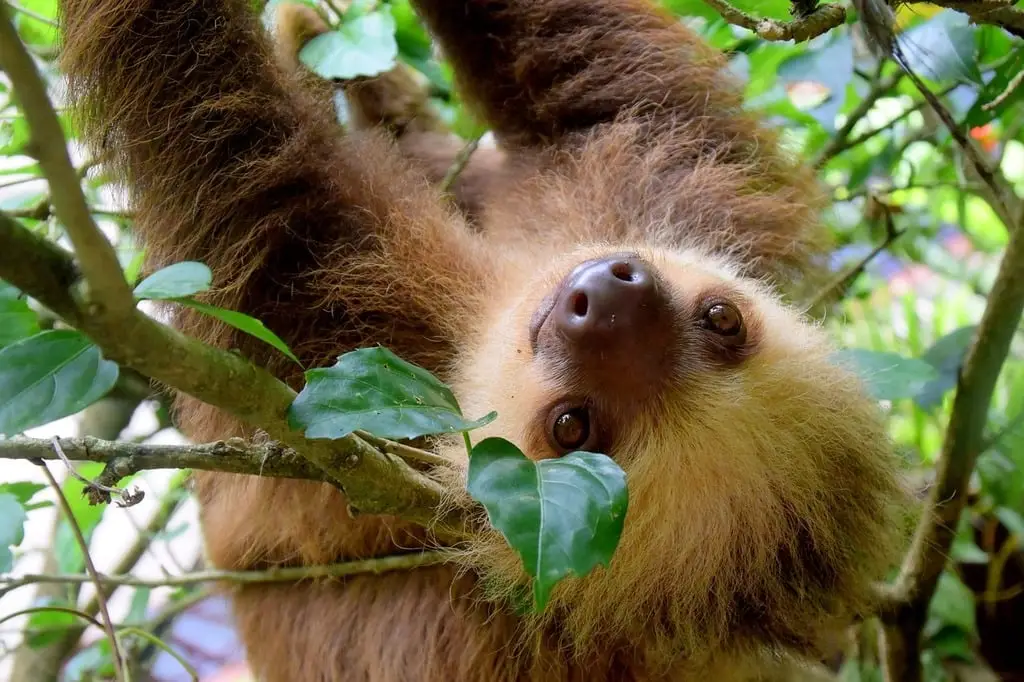
Sloths are nature’s slow-motion superstars, moving at a top speed of just 0.03 mph. Their lethargy is so extreme that algae grow on their fur, camouflaging them in the treetops. Hunting requires speed, precision, and energy—all of which sloths lack entirely. These tree-dwelling mammals spend 15-20 hours a day sleeping and the rest nibbling on leaves. Their diet, consisting mainly of tough, low-nutrition foliage, provides just enough energy to sustain their slow movements.
While they do have sharp claws, these are used more for gripping branches than for capturing prey. According to the National Zoo, even when faced with danger, sloths rarely flee and often remain motionless, relying on their camouflage. Evolution has traded their hunting abilities for survival through inactivity and disguise. If you were looking for a predator in the jungle, a sloth wouldn’t even make the list. Their inability to chase down food means they’ve fully embraced their role as herbivores.
2. Koala
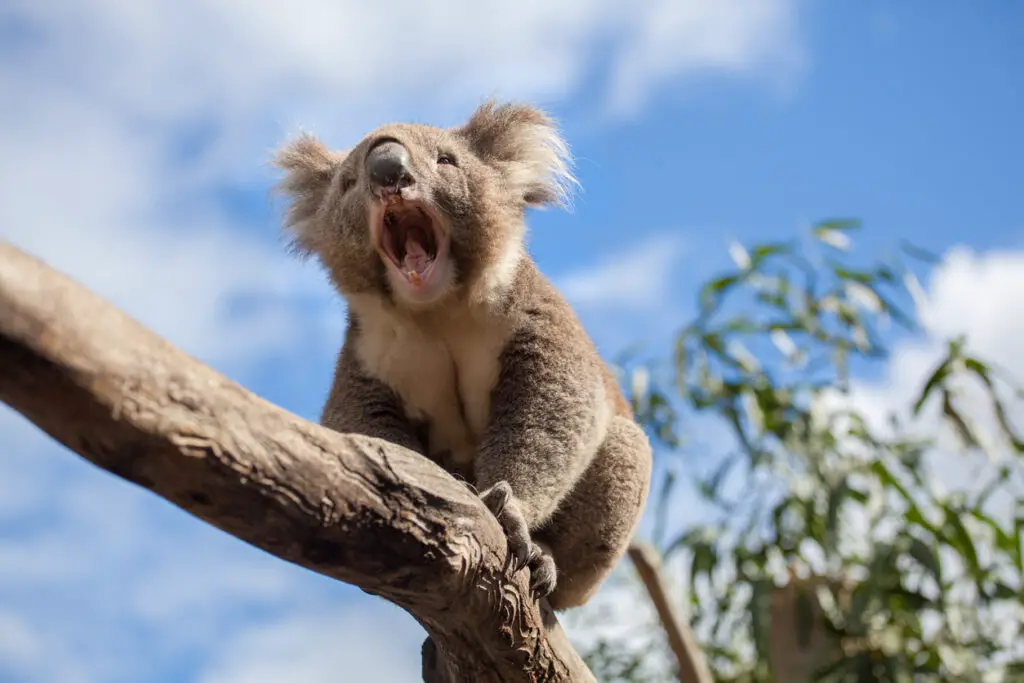
Koalas are another contender for the laziest animal title, spending up to 20 hours a day snoozing in eucalyptus trees. Their diet is incredibly restrictive, as they eat almost exclusively eucalyptus leaves, which are toxic to most animals. This diet offers so little energy that koalas have no room for anything other than sleeping and slow movements. Hunting? Forget about it. They lack sharp teeth or claws to take down prey and have no predatory instincts.
Even climbing trees is a slow process for these marsupials, as they conserve every ounce of energy. According to Australian Geographic, koalas are so poorly adapted to their food source that young joeys must eat their mother’s feces to develop the bacteria needed to digest eucalyptus. While they look adorable, their lives revolve around finding the next branch to snack on. Their complete lack of hunting abilities makes them one of nature’s least-threatening creatures.
3. Panda
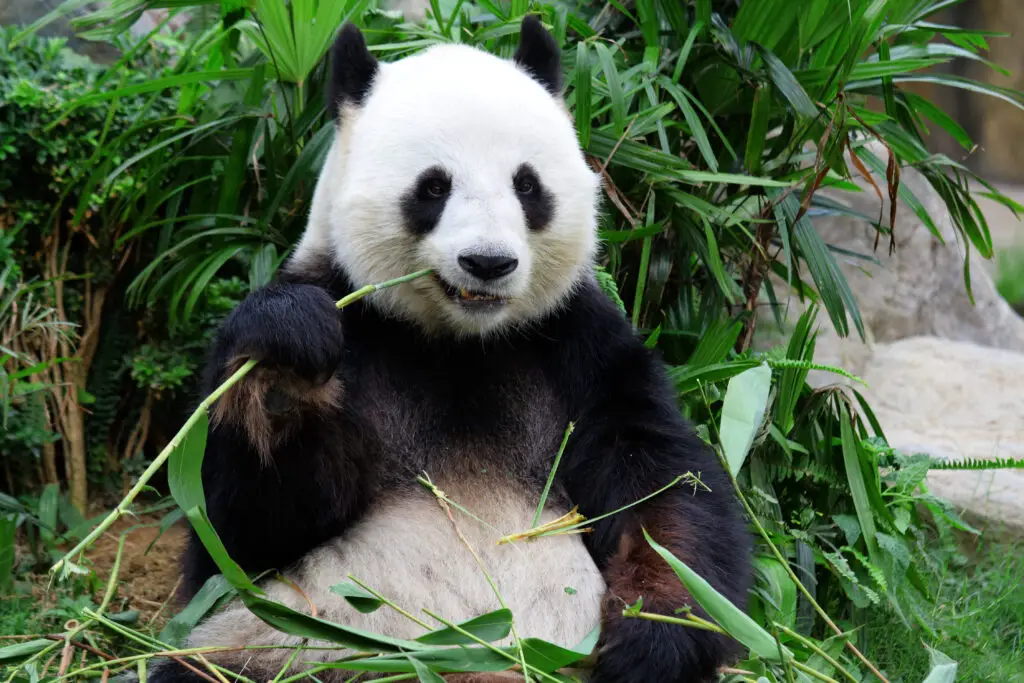
Despite being classified as bears, pandas are the least carnivorous of the family. Over time, they’ve abandoned meat in favor of bamboo, which is notoriously low in nutritional value. According to Zoo Atlanta, pandas spend up to 14 hours a day eating just to meet their energy needs, consuming as much as 40 pounds of bamboo daily. Hunting isn’t just a challenge for pandas—it’s unnecessary, as they lack the speed and drive to pursue prey. Their chubby bodies and round faces might seem intimidating, but they’re far from fierce.
While pandas do have sharp teeth and claws, these are more suited for stripping bamboo stalks than catching prey. Even in captivity, where meat might be offered, pandas show little interest. Their reliance on bamboo has made them dependent on specific habitats, which has contributed to their endangered status. Ironically, their lazy, non-hunting lifestyle has made them a global symbol of conservation. Pandas are living proof that being a predator isn’t a prerequisite for survival.
4. Manatee
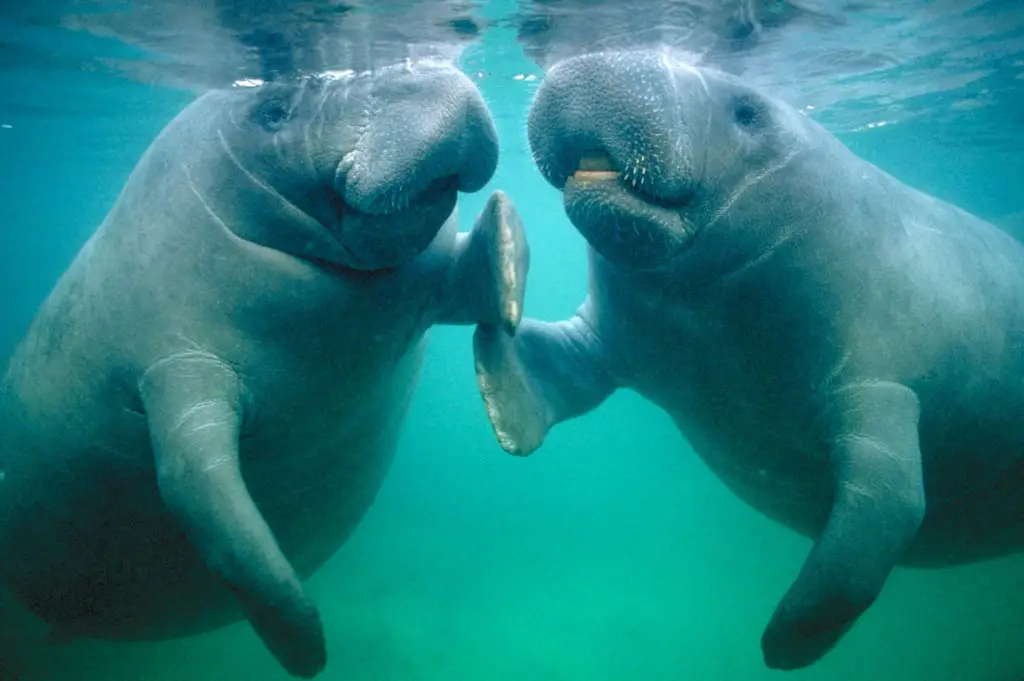
Manatees, also called “sea cows,” are gentle giants that glide slowly through warm coastal waters. Weighing up to 1,200 pounds, they spend their days grazing on seagrass and algae. Hunting is completely out of their repertoire, as their flat, paddle-like tails and rounded bodies are designed for leisurely swimming, not speed. Manatees are known for their calm and docile nature, with no natural predatory behaviors. In fact, their only interactions with other species are entirely peaceful.
According to the Florida Fish and Wildlife Conservation Commission, despite their size, manatees are vulnerable to predators like sharks and crocodiles, relying on their ability to stay in shallow waters or bottom waters for safety. Their slow movements and lack of aggression make them one of the least threatening animals in the ocean. Manatees also need to surface regularly for air, further limiting their ability to pursue prey. Instead, they thrive on a plant-based diet, proving that not all large animals need to hunt to survive.
5. Hippopotamus
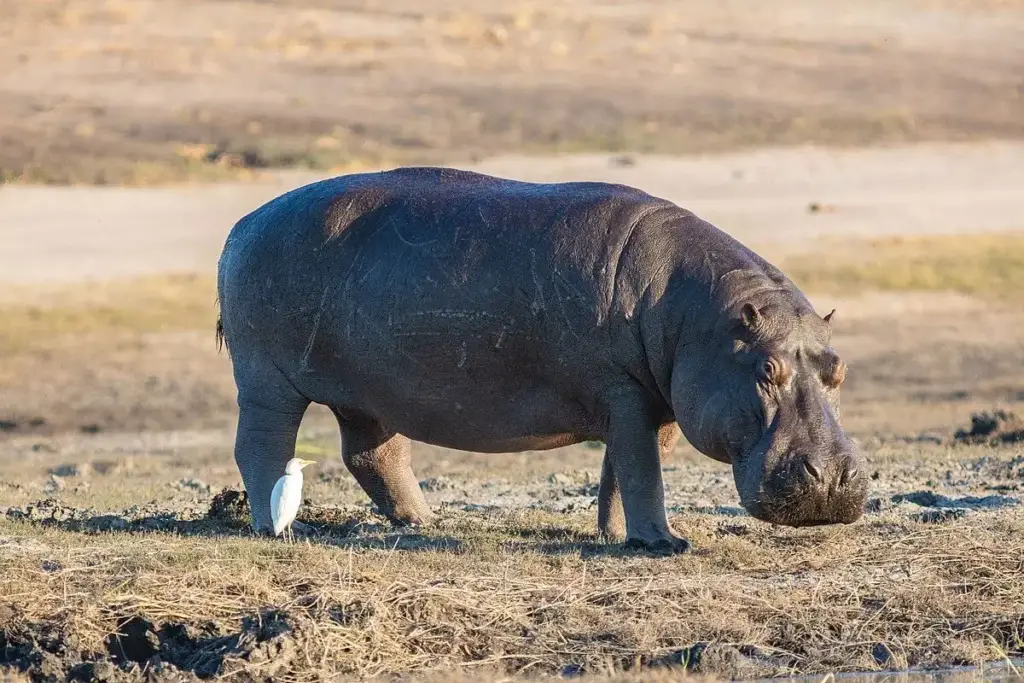
Hippos may have the reputation of being one of the most dangerous animals in Africa, but they are not hunters. These massive herbivores spend much of their time submerged in water, grazing on grass during the night. While their large tusks and powerful jaws look like they could tear through prey, they use these primarily for fighting and defense. According to USA Today, hippos consume up to 80 pounds of vegetation daily, leaving little reason to chase after other animals.
Despite their calm appearance, they can be highly aggressive when provoked, especially if their territory or young are threatened. However, their aggression has nothing to do with hunting—it’s purely defensive. Hippos lack the speed and agility to catch prey and have no taste for meat. They’re living proof that size and power don’t always equate to hunting prowess. For the hippo, life is more about defending its patch of land than chasing down a meal.
6. Goldfish

Goldfish are the quintessential example of non-hunters in the aquatic world. These small, domesticated fish are slow swimmers with no natural hunting instincts. In the wild, they feed on algae, small plant matter, and microscopic organisms rather than chasing prey. Their blunt teeth and small mouths make them ill-equipped for capturing anything larger than tiny particles of food.
Goldfish are opportunistic scavengers, relying on what floats their way rather than seeking out sustenance. In captivity, they’re perfectly content nibbling on fish flakes or pellets. Their limited intelligence also means they don’t actively seek out food in complex ways. As a result, goldfish epitomize a passive approach to survival, thriving in environments where food is abundant and easily accessible.
7. Tortoise
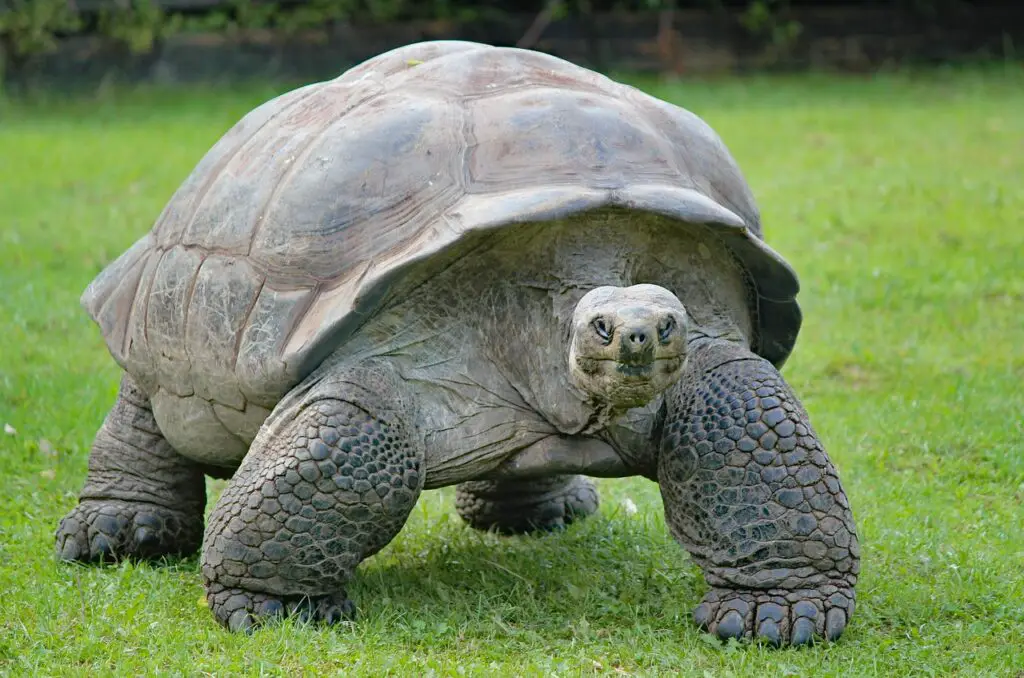
Tortoises are masters of patience, but when it comes to hunting, they are hopeless. These slow-moving reptiles rely solely on a vegetarian diet, munching on grass, fruits, and leafy greens. With their heavy shells and short legs, tortoises are built for protection, not speed or pursuit. Their movements are so leisurely that catching prey would be an impossible task. Hunting doesn’t even cross their minds, as their evolutionary path has made them some of the longest-living herbivores in the animal kingdom.
They also lack sharp teeth or claws, further cementing their status as non-predators. Instead, tortoises have powerful, beak-like mouths perfect for tearing plants. Their focus on survival through longevity rather than predation has allowed them to thrive in a wide range of environments. The tortoise’s lifestyle might seem dull, but it’s a successful strategy for an animal that can live over 100 years.
8. Bison
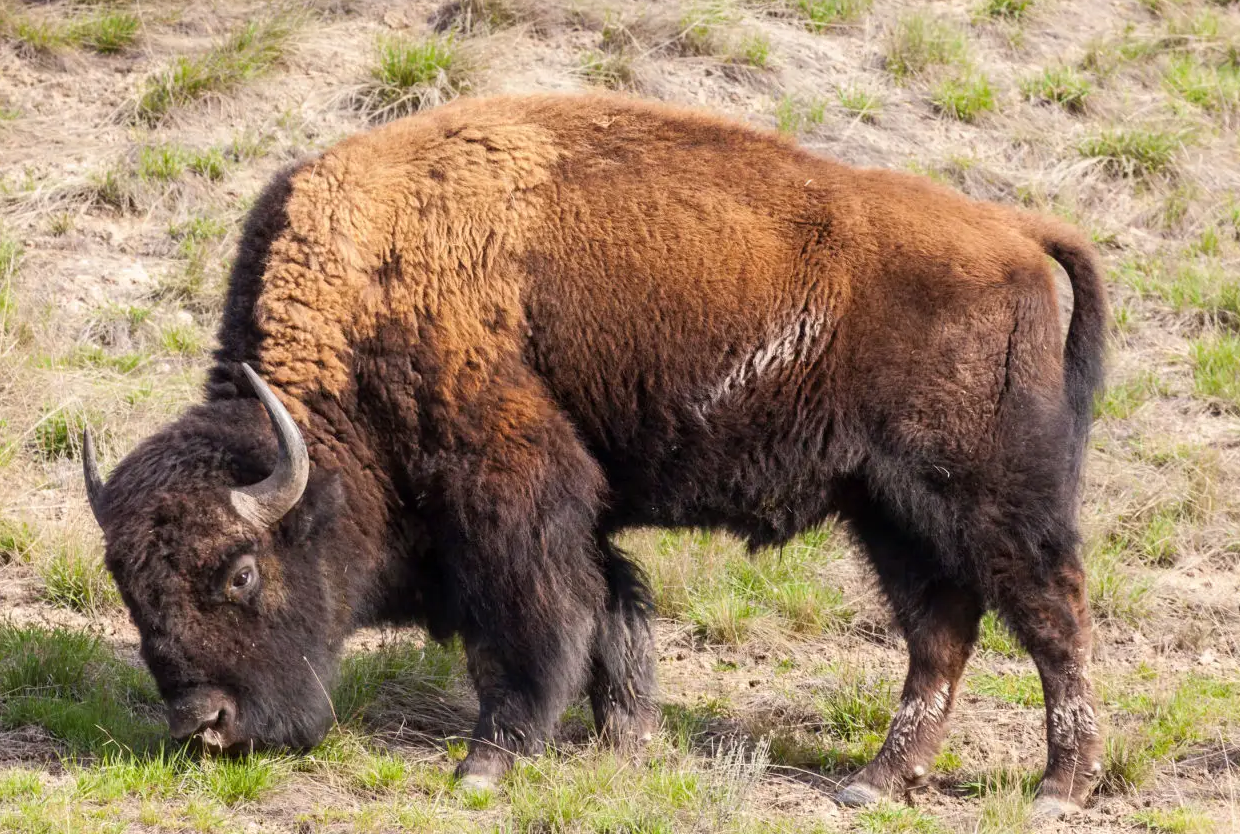
Bison, also known as buffalo, are majestic, grass-eating giants that roam open plains. Despite their immense size and strength, they lack any predatory instincts and rely exclusively on plants for their sustenance. Their large, muscular bodies and sharp horns are used for defense against predators rather than hunting. Bison spend much of their time grazing, consuming large quantities of grass to fuel their massive frames. Their hooves are adapted for moving across rugged terrain, not for chasing prey.
While bison can charge at incredible speeds when threatened, this behavior is defensive rather than predatory. Their peaceful grazing habits and social nature make them more akin to cows than hunters. For the bison, survival is about staying together in herds and grazing efficiently rather than seeking out prey. Their calm demeanor hides their power, but hunting is not a part of their lifestyle.
9. Sea Cow
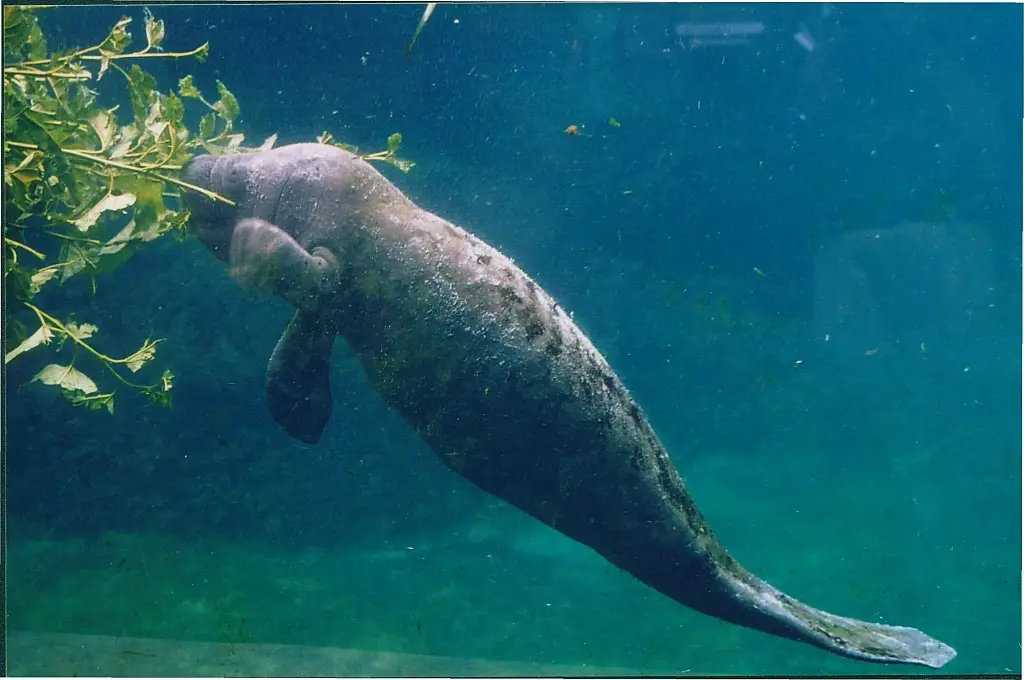
Sea cows, or dugongs, are close relatives of manatees and share their gentle, slow-moving nature. These marine mammals are herbivores, grazing on seagrass in shallow coastal waters. With their rotund bodies and paddle-like tails, they are built for floating, not hunting. Dugongs have no natural predatory instincts and spend up to eight hours a day feeding on underwater vegetation. Their small mouths are perfectly adapted for uprooting seagrass but are useless for catching prey.
Dugongs are often spotted in peaceful groups, grazing leisurely and avoiding conflict. They lack the speed or agility to chase other marine creatures, making hunting an impossible task. Like manatees, dugongs surface for air regularly, further limiting their ability to stalk or capture prey. Their laid-back lifestyle and exclusive plant-based diet highlight their complete lack of interest in being predators.
10. Capybara
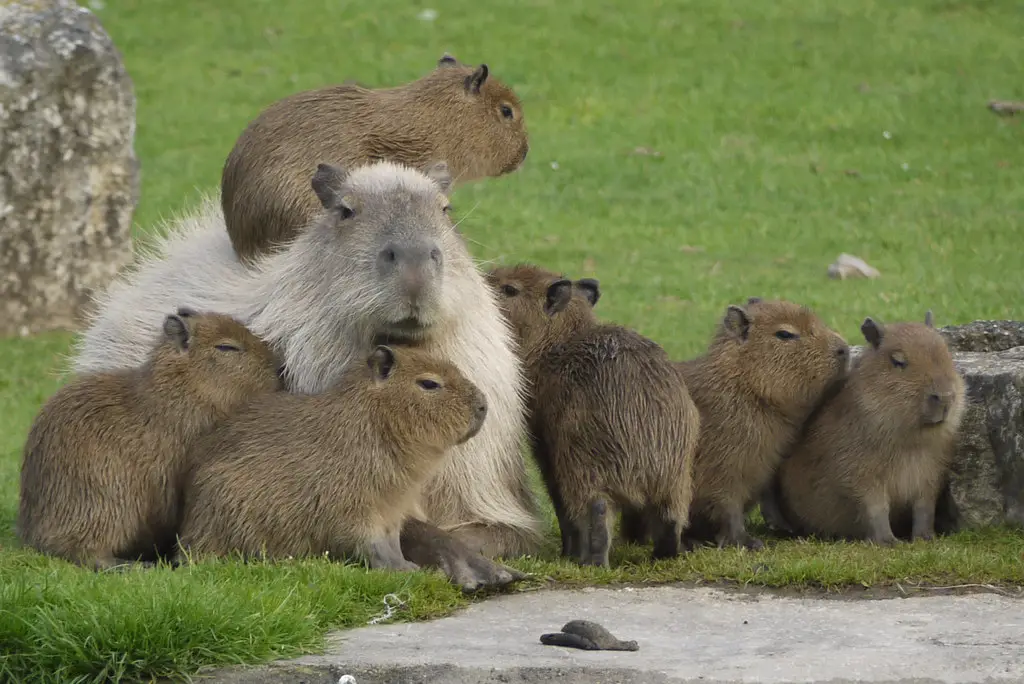
Capybaras are the ultimate chill animals, known for their friendly and social nature. As the world’s largest rodents, they are completely herbivorous, grazing on grasses and aquatic plants. Hunting doesn’t even factor into their lives, as their diet is entirely plant-based. Capybaras are semi-aquatic and spend much of their time near water, where they graze and escape from predators.
Their calm demeanor makes them surprisingly approachable, often seen lounging with other animals, including birds and monkeys. They have strong, continuously growing teeth designed for chewing tough plants, not catching prey. Capybaras rely on their swimming abilities and group dynamics to evade predators rather than confront them. Their social nature and lack of predatory instincts make them one of the most peaceful creatures in the animal kingdom.
11. Fruit Bat
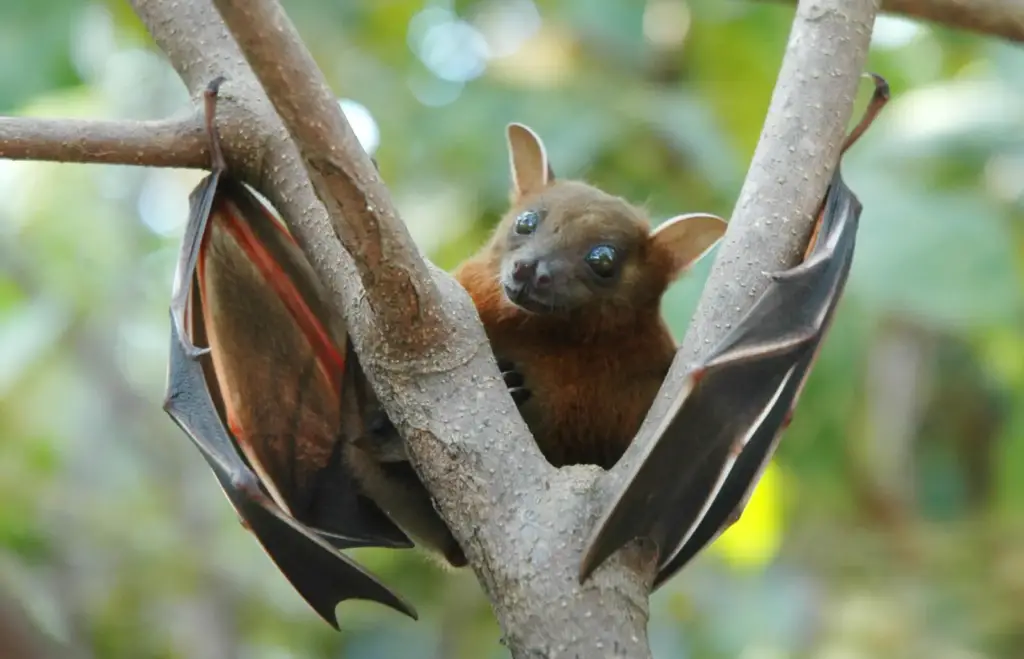
Fruit bats, also called flying foxes, are some of the least threatening mammals in the wild. As their name suggests, they rely on fruit, nectar, and flowers for their diet, making them peaceful and non-predatory. Their sharp teeth are used to pierce through fruit rather than prey, and their large eyes help them navigate at night. Fruit bats play an essential role in pollination and seed dispersal but are entirely uninterested in hunting.
They are excellent fliers, but their lightweight frames and lack of claws make them unsuited for catching prey. Instead of hunting, fruit bats focus on finding ripe fruit trees, often traveling long distances in search of food. They live in colonies and thrive in tropical climates where food is abundant. Their harmless diet and lack of aggression make them the gentlest creatures in the skies.
12. Bears
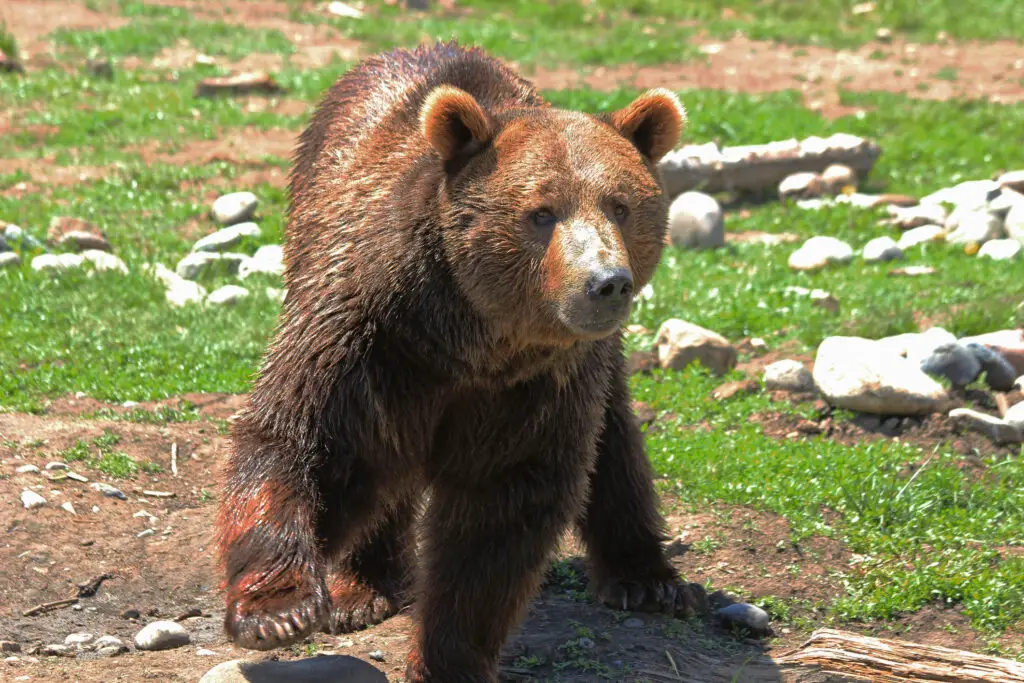
Bears are a mixed bag when it comes to hunting prowess. While some, like polar bears, are skilled hunters, others, like giant pandas, are hopeless. Even omnivorous bears, such as grizzlies, often prefer scavenging or fishing over actively pursuing prey. Many bear species rely heavily on plant-based foods like berries, nuts, and roots to meet their dietary needs. Pandas, in particular, are entirely herbivorous and consume bamboo almost exclusively, despite their classification as carnivores.
Bears lack the speed and agility of traditional predators, often opting for opportunistic feeding rather than active hunting. Their large size and intimidating appearance can scare off potential threats, but their hunting skills are often overrated. Many bears are more likely to steal food or scavenge than engage in a chase. This mix of habits makes bears fascinating animals, but only a few species can truly claim to be effective hunters.


